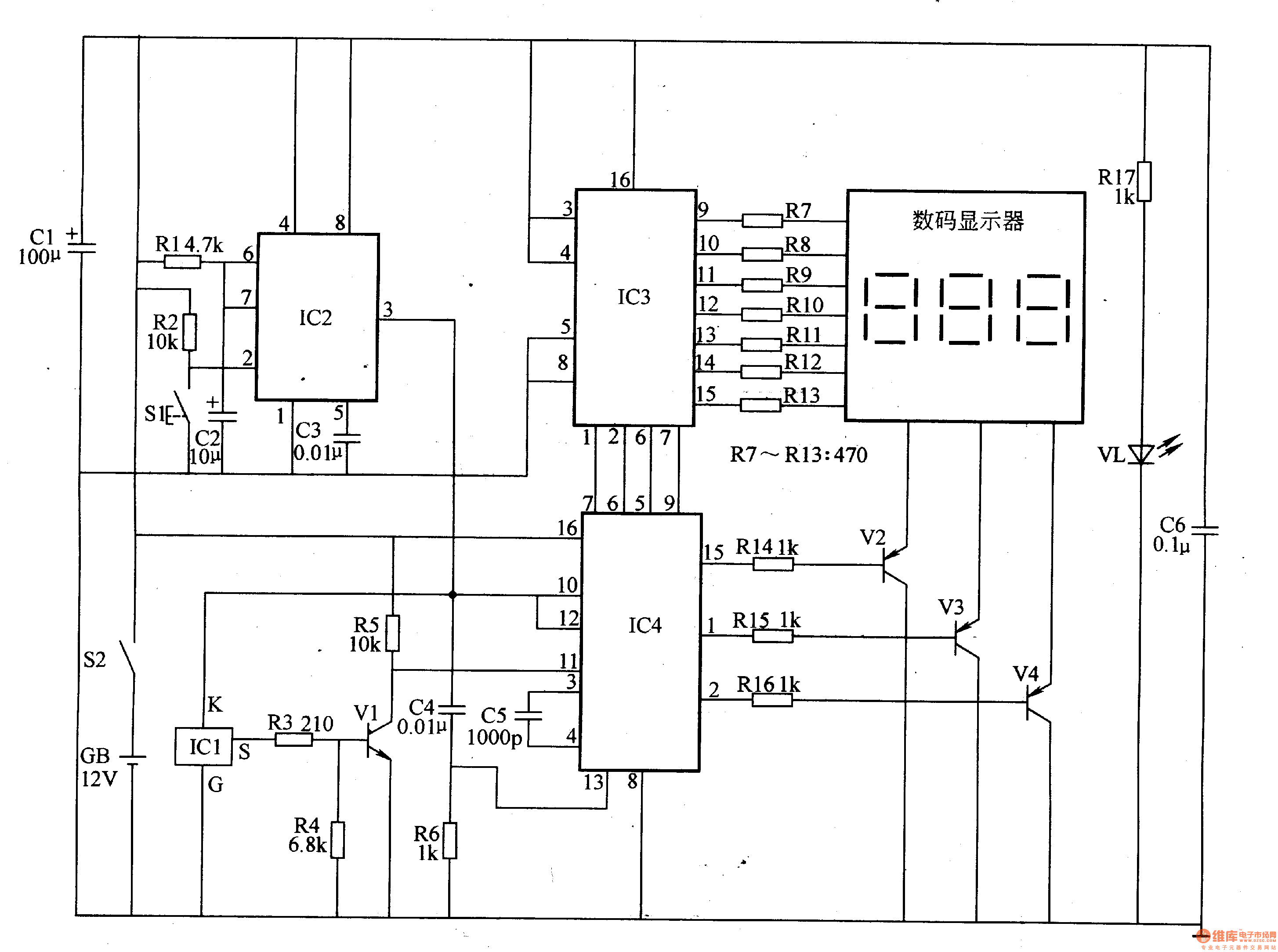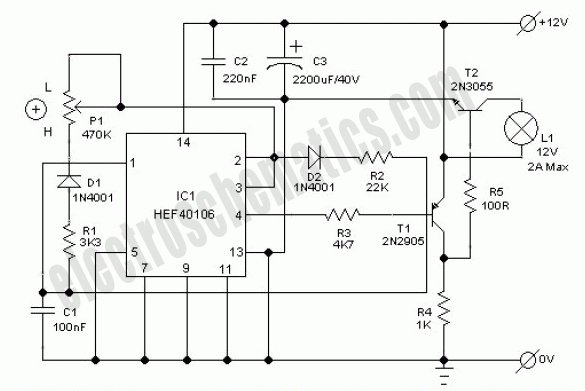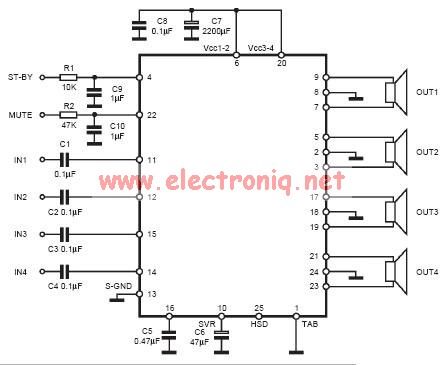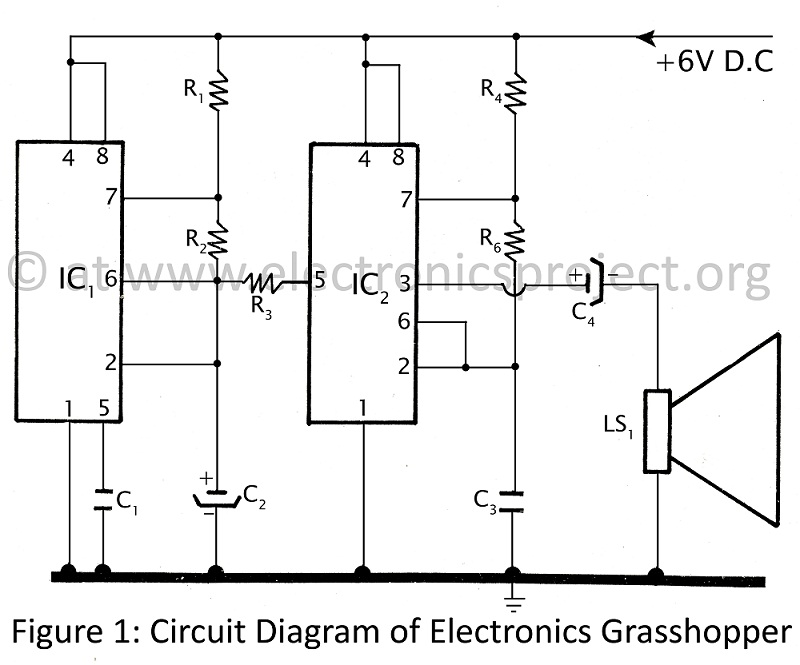
Electronic thermometer(2)

The temperature measuring range of this electronic thermometer is 0-50 degrees Celsius, with a precision of 0.1 degrees Celsius. The measurement results are intuitively displayed on a digital screen. This electronic thermometer circuit consists of a temperature detection circuit, a monostable circuit, a digital display drive circuit, and a power supply circuit.
The electronic thermometer is designed to accurately measure temperatures within the range of 0 to 50 degrees Celsius, making it suitable for various applications such as laboratory experiments, food safety, and environmental monitoring. The precision of 0.1 degrees Celsius ensures that the readings are reliable and suitable for sensitive measurements.
The temperature detection circuit typically utilizes a temperature sensor, such as a thermistor or a digital temperature sensor like the DS18B20, which converts the temperature into an electrical signal. This signal is then processed by the monostable circuit, which may serve to stabilize the output signal and ensure that the readings are consistent over time.
The digital display drive circuit is responsible for converting the processed signal into a format that can be displayed on a digital screen, usually a seven-segment display or an LCD. This circuit interfaces with the microcontroller or a dedicated driver IC to facilitate the display of temperature readings in real-time.
The power supply circuit provides the necessary voltage and current to the entire system, ensuring that all components function correctly. This circuit may include voltage regulators, capacitors for smoothing, and possibly a battery management system if the thermometer is designed for portable use.
Overall, this electronic thermometer circuit combines multiple components to deliver accurate temperature readings, with a user-friendly digital display that enhances usability in various settings.The temperature measuring range of this electronic thermometer is 0-50?, the precision is 0.1?, the measurement results are intuitively displayed by digital display. This electronic thermometer circuit is composed of temperature detection circuit, monostable circuit, digital display drive circuit and power supply circu..
🔗 External reference
The electronic thermometer is designed to accurately measure temperatures within the range of 0 to 50 degrees Celsius, making it suitable for various applications such as laboratory experiments, food safety, and environmental monitoring. The precision of 0.1 degrees Celsius ensures that the readings are reliable and suitable for sensitive measurements.
The temperature detection circuit typically utilizes a temperature sensor, such as a thermistor or a digital temperature sensor like the DS18B20, which converts the temperature into an electrical signal. This signal is then processed by the monostable circuit, which may serve to stabilize the output signal and ensure that the readings are consistent over time.
The digital display drive circuit is responsible for converting the processed signal into a format that can be displayed on a digital screen, usually a seven-segment display or an LCD. This circuit interfaces with the microcontroller or a dedicated driver IC to facilitate the display of temperature readings in real-time.
The power supply circuit provides the necessary voltage and current to the entire system, ensuring that all components function correctly. This circuit may include voltage regulators, capacitors for smoothing, and possibly a battery management system if the thermometer is designed for portable use.
Overall, this electronic thermometer circuit combines multiple components to deliver accurate temperature readings, with a user-friendly digital display that enhances usability in various settings.The temperature measuring range of this electronic thermometer is 0-50?, the precision is 0.1?, the measurement results are intuitively displayed by digital display. This electronic thermometer circuit is composed of temperature detection circuit, monostable circuit, digital display drive circuit and power supply circu..
🔗 External reference





